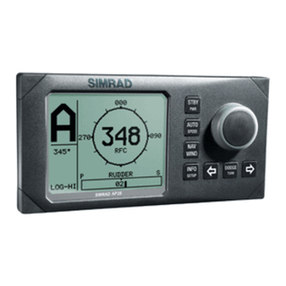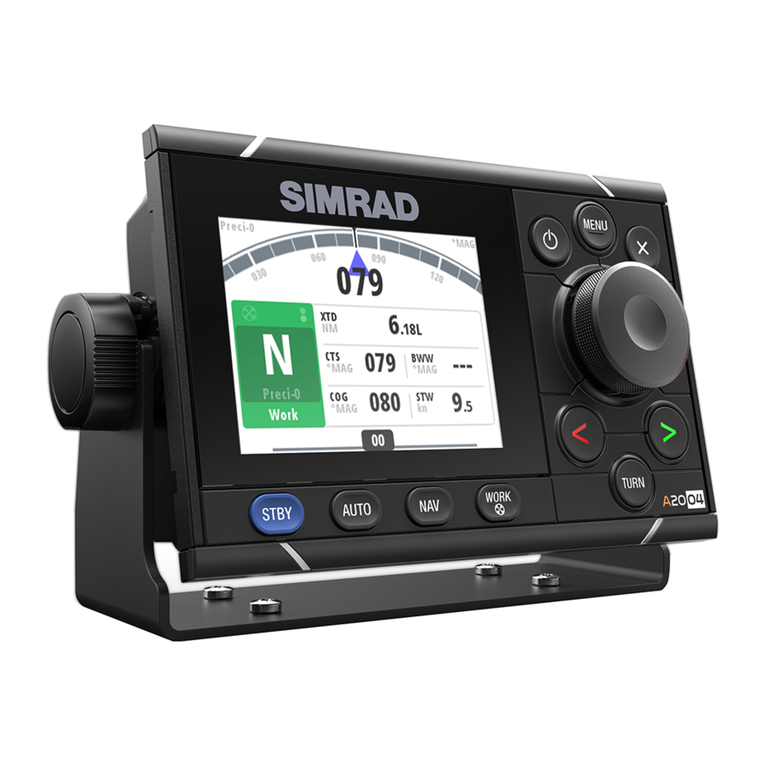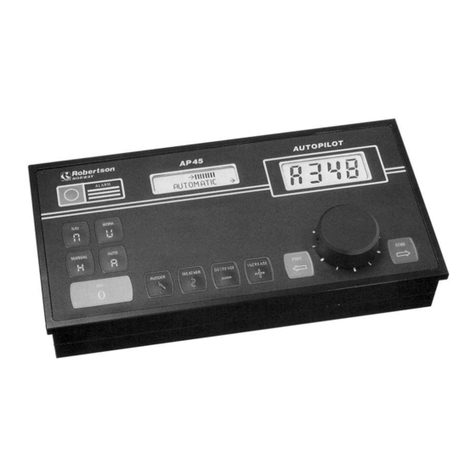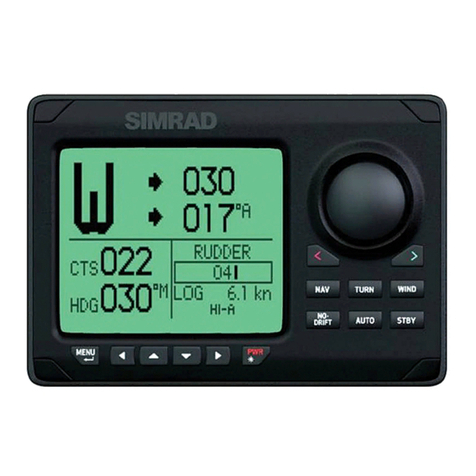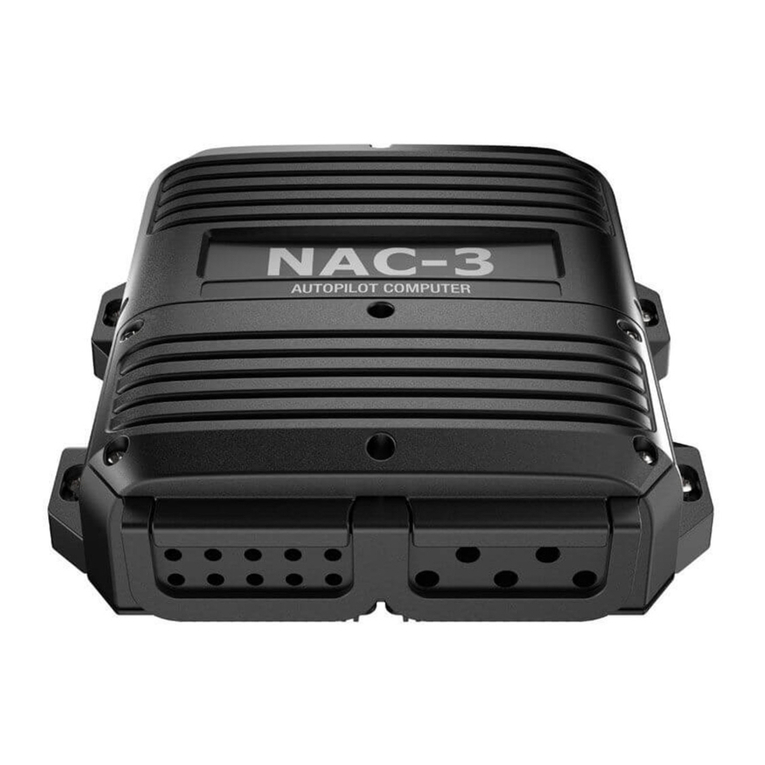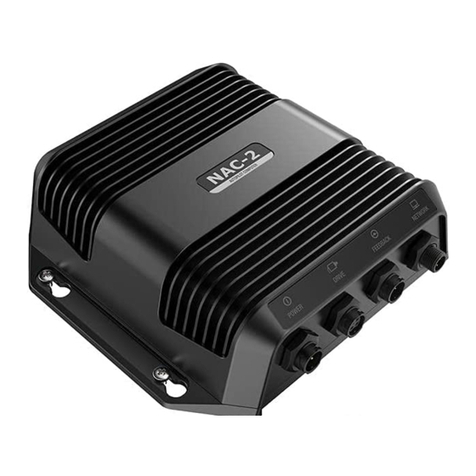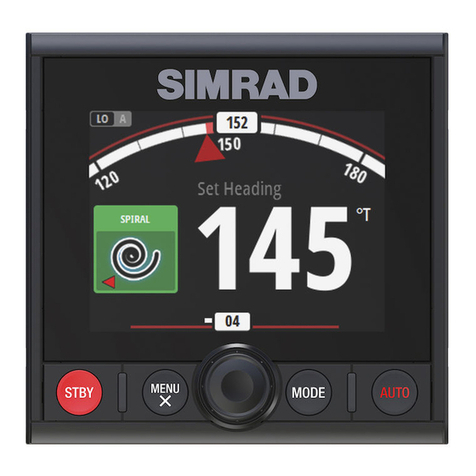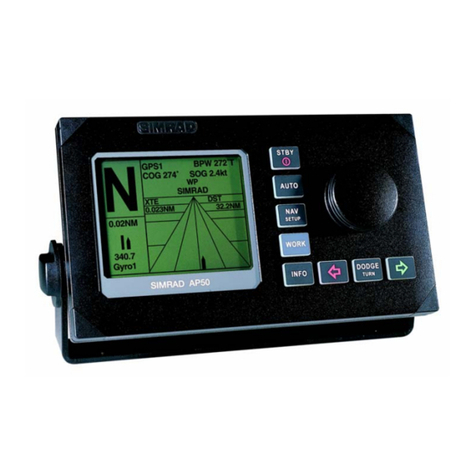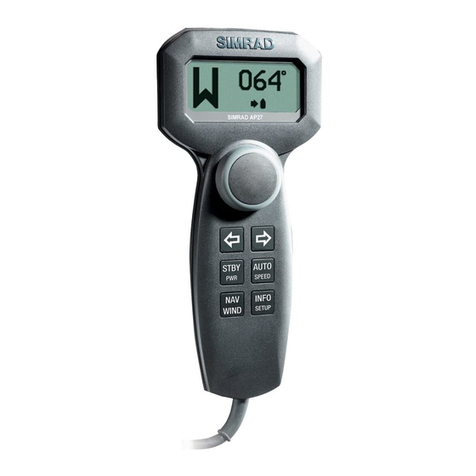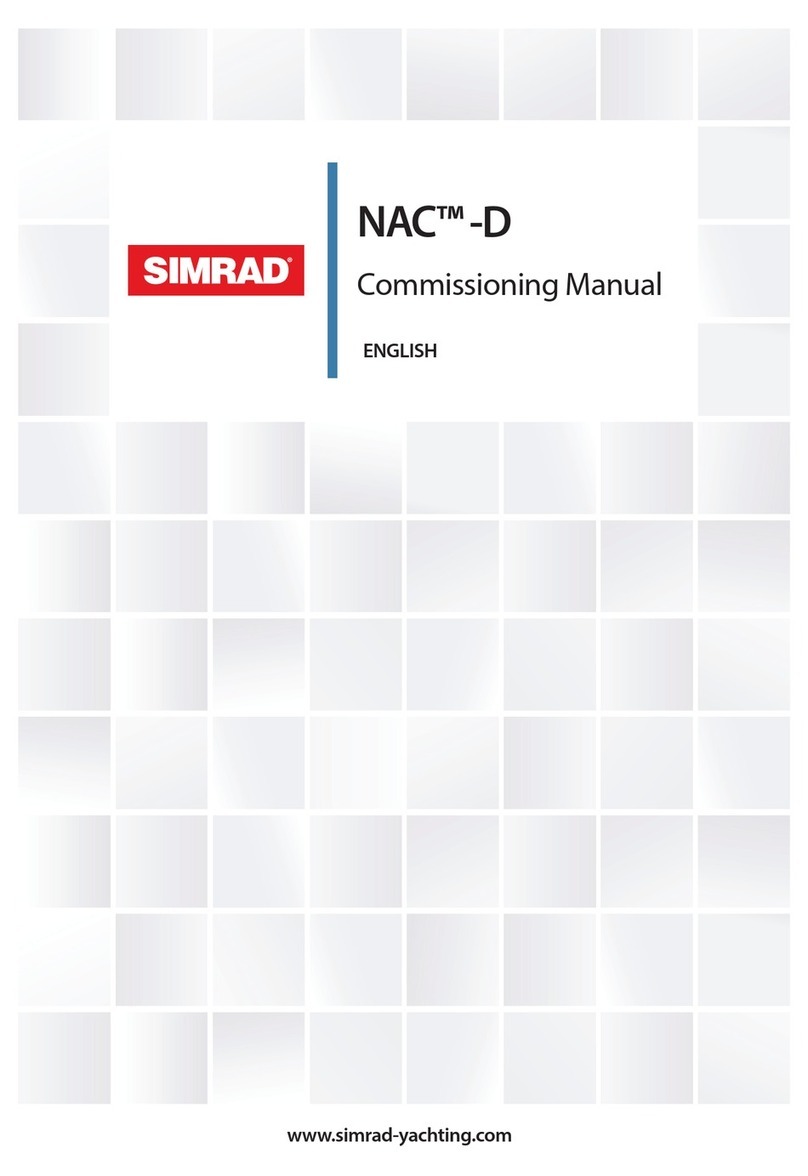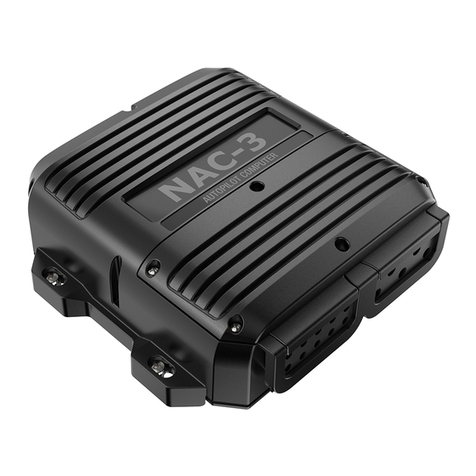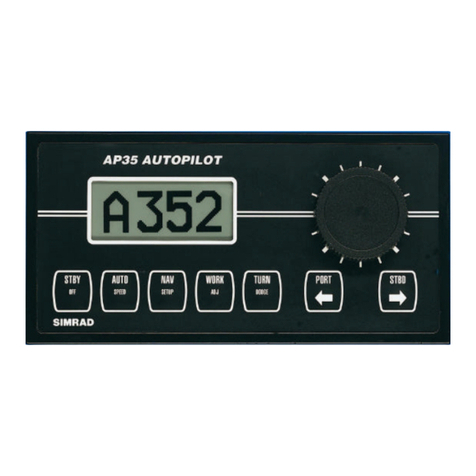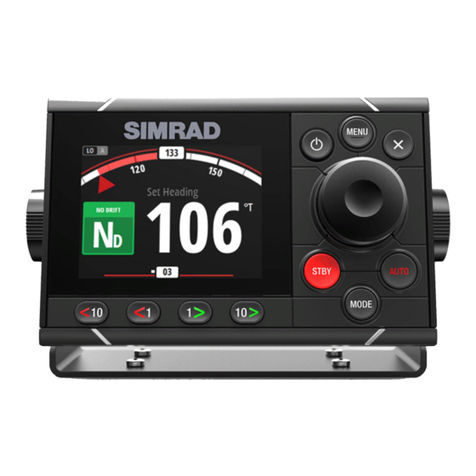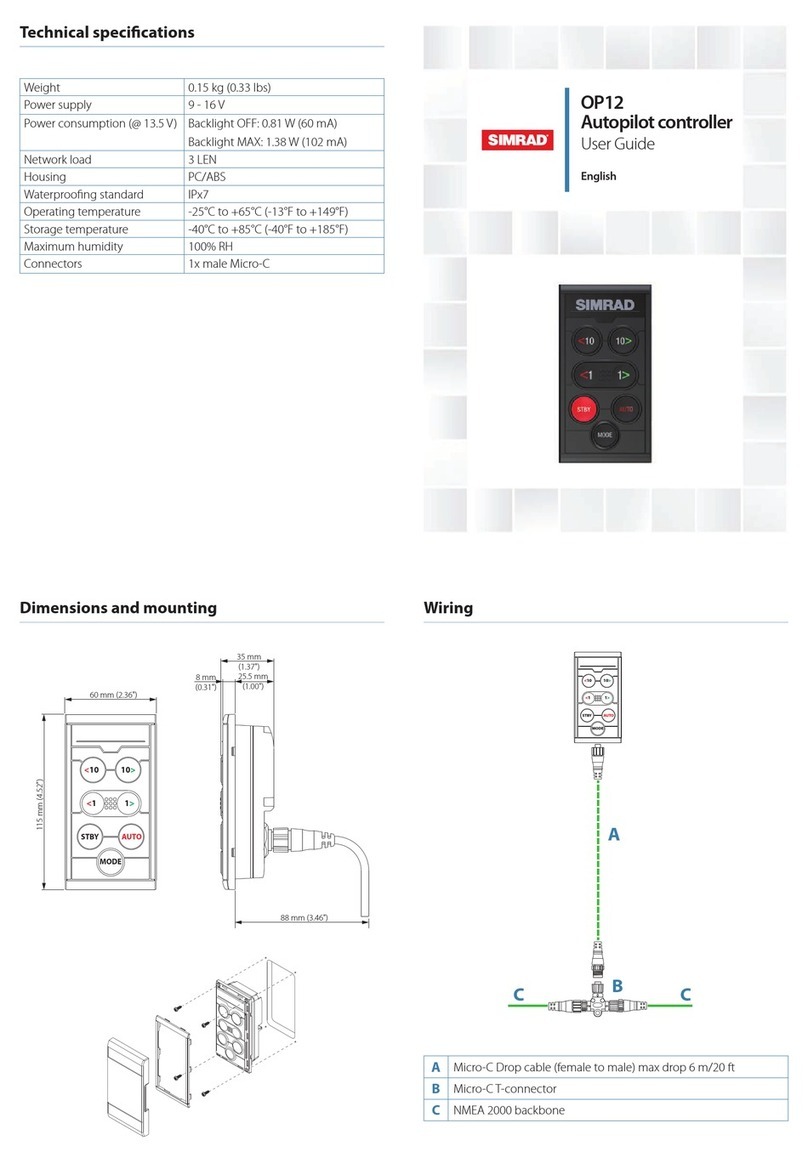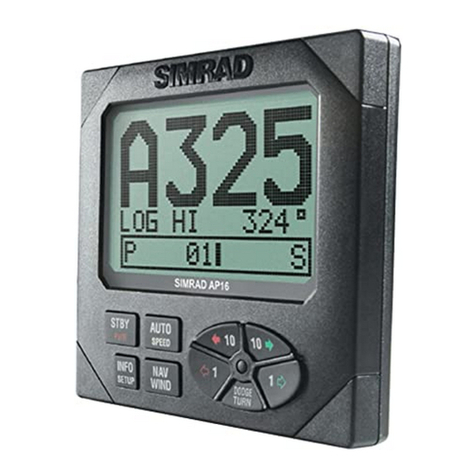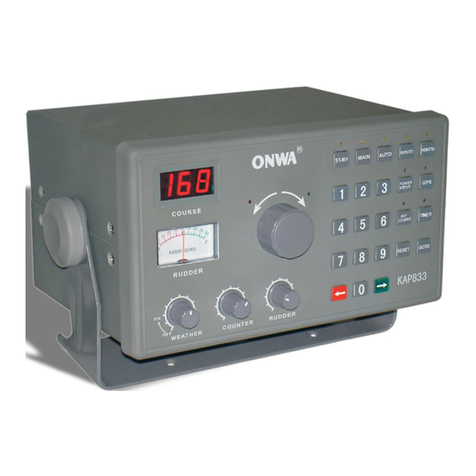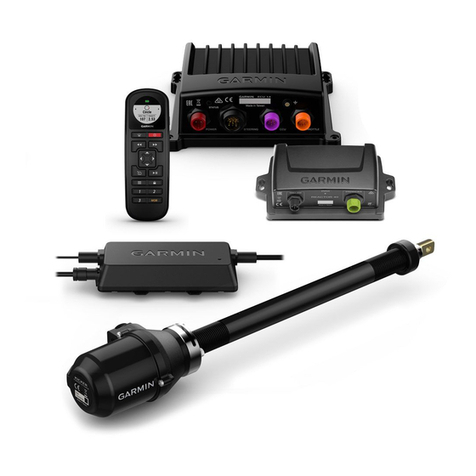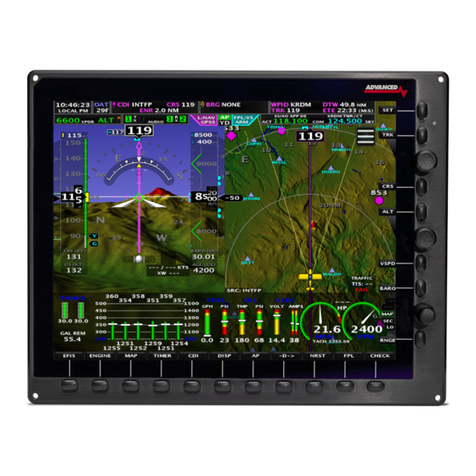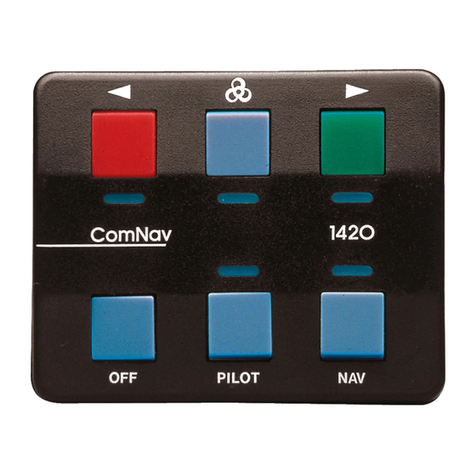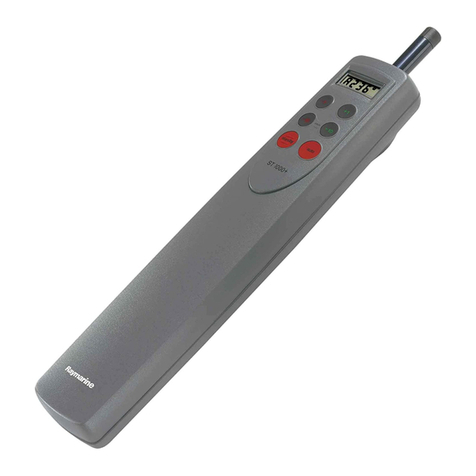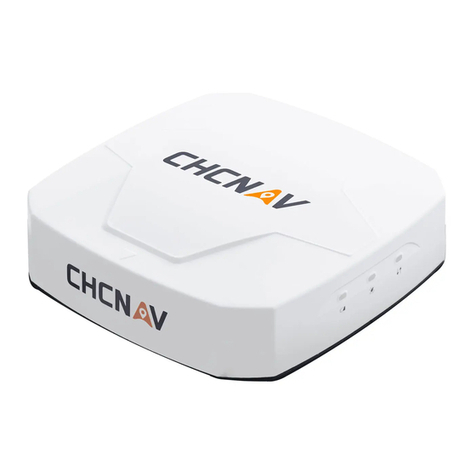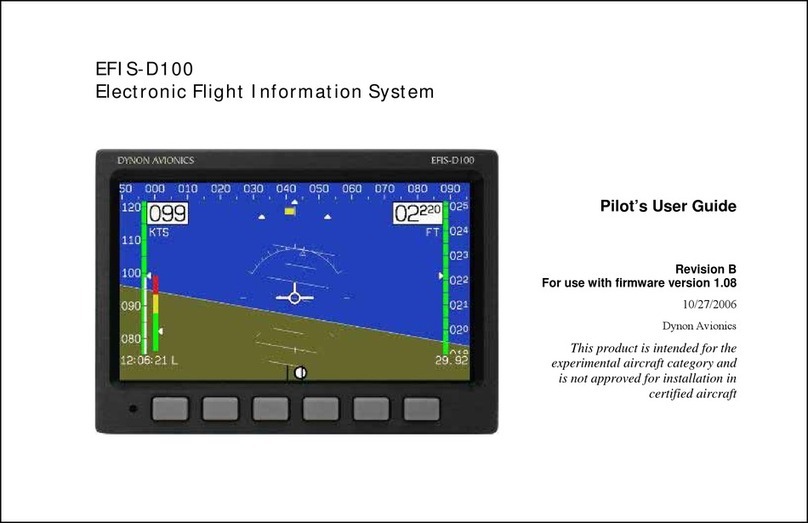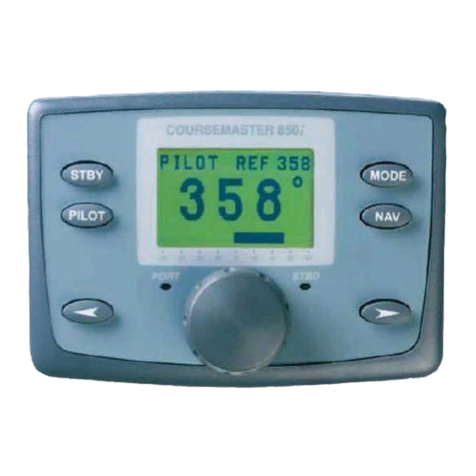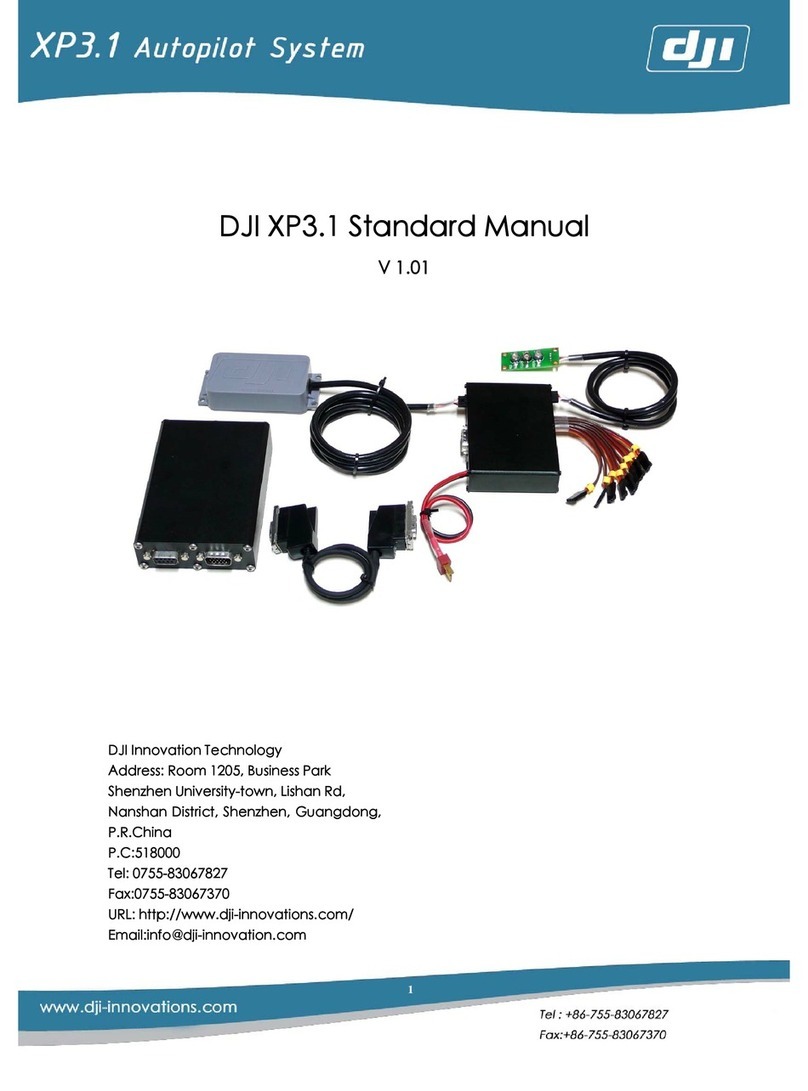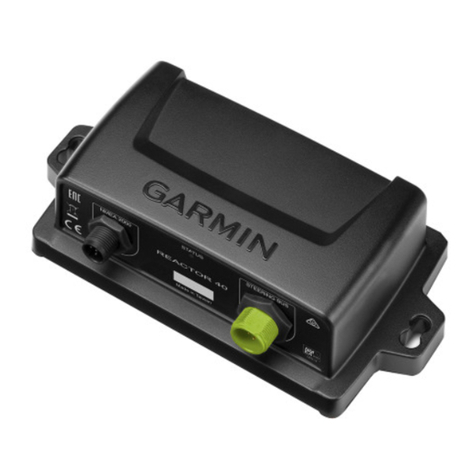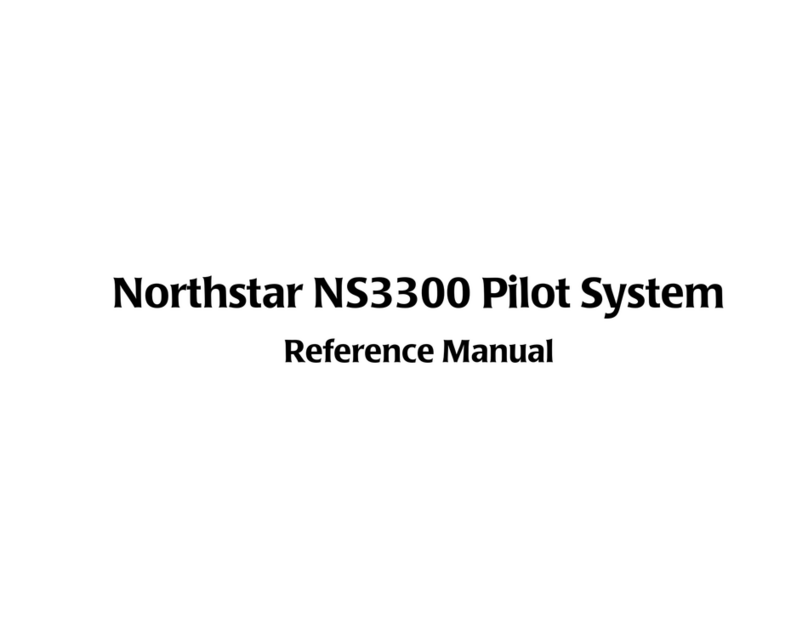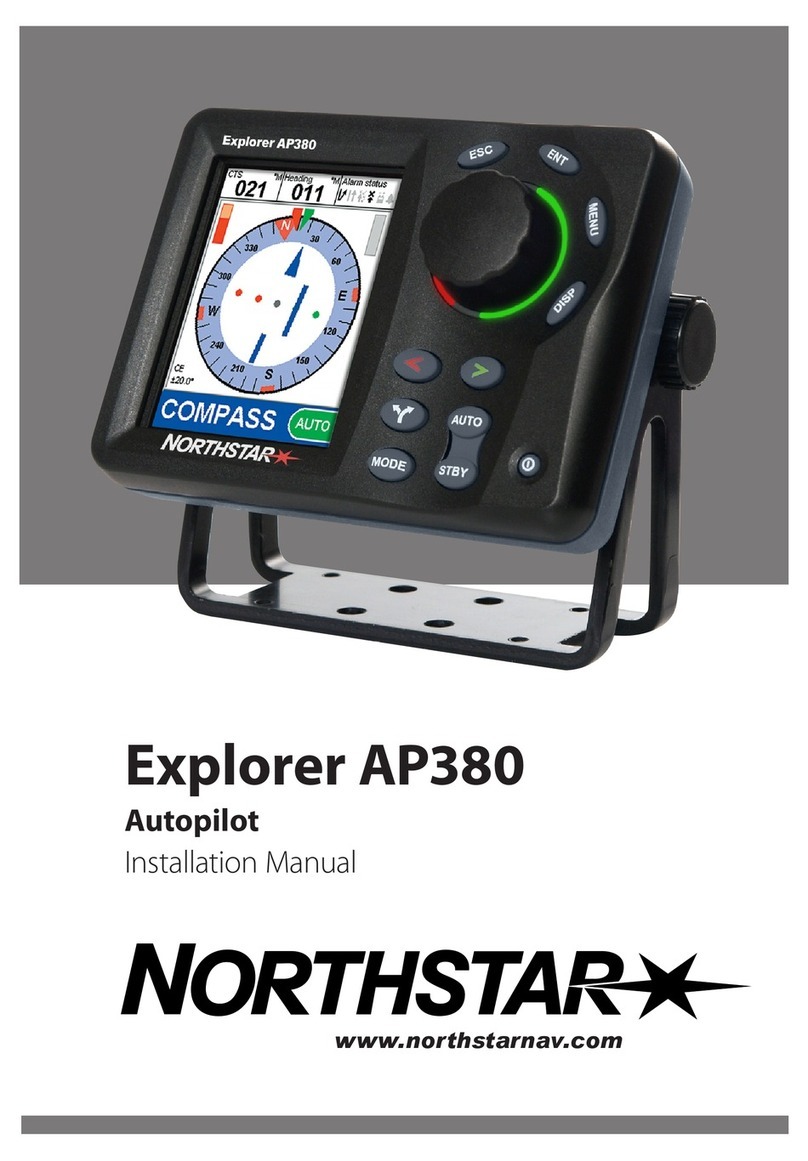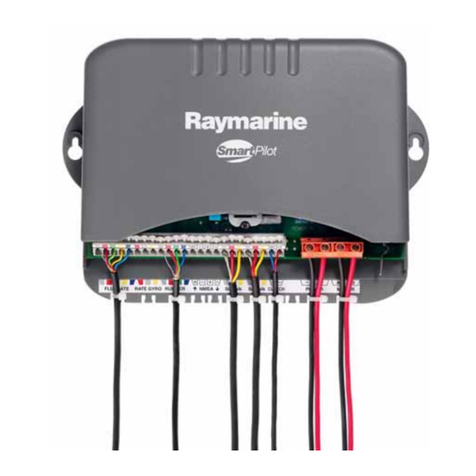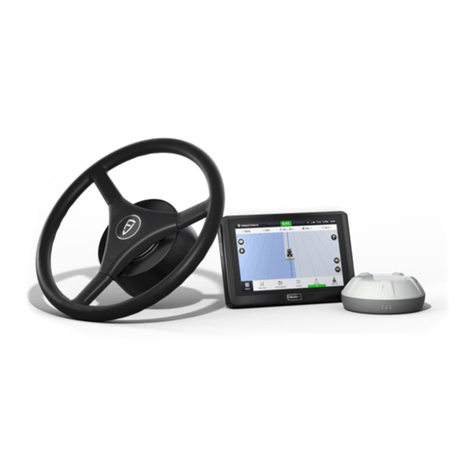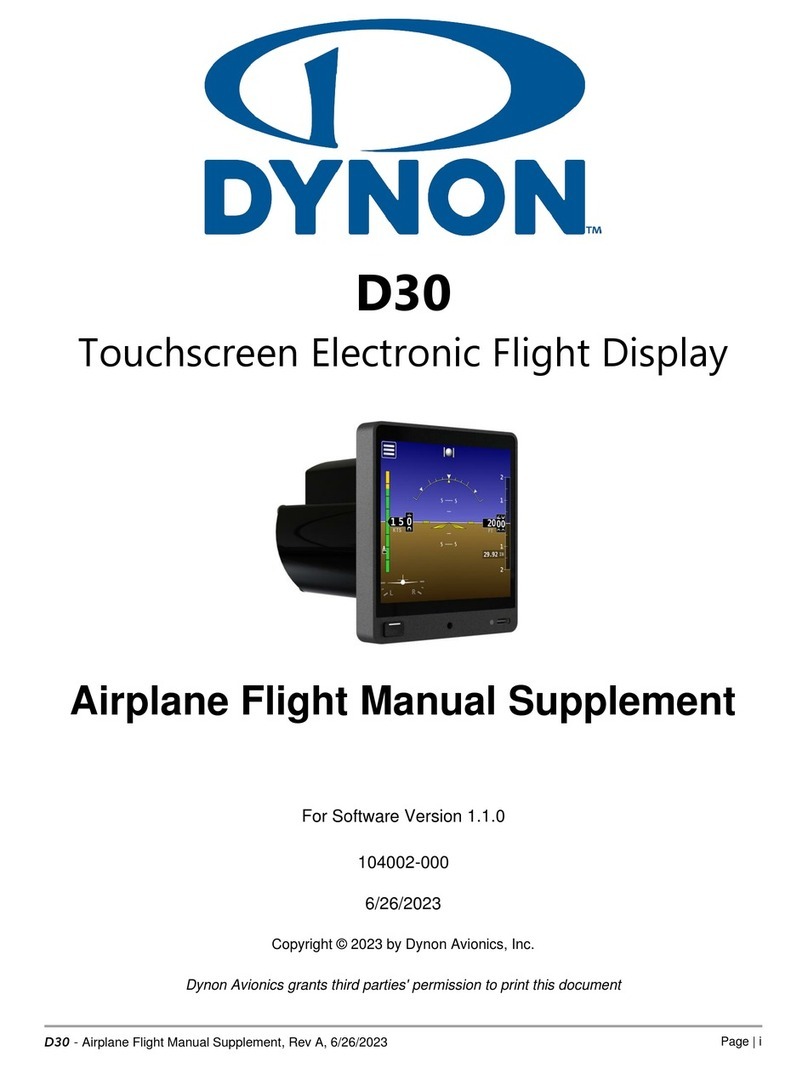
Issue 1.1 19/09/03 SIMRAD
10
Refer to Drawing No.E03018 and fit a Rubber Grommet 190013 to the Rear Backing Ring E03018.
Peel off the backing paper from the self adhesive side of the Connector Seal E02985 and stick this
to the Rear plate where shown. Apply Hellerman Sleeving Oil to the Motor Cable of the PCB Case
Assembly and guide the cable through the grommet as the PCB Case Assembly is offered up to
the rear plate and pull the cable through so that the case sits onto the seal. Secure it to the rear
plate with 4 Screws M4 x8 Pan Poz 200210.
Refer to Drawing No. E03051 and press the cable into the channel on the drive ring. Refer to
drawing No. E03057 and push the cable down through the drive ring and the grommet in the gear
box. Pull tight and fit a Tie Wrap 200025 around the cable on the gearbox side to provide strain
relief. Route the wire around the side of the gearbox and out again through the lower grommet.
Apply a bead of Silicone and seal in the motor cable to the grommet from the PCB Case. Fit a Mu
Metal Shield E02992 around the outside of the motor and solder the 2 wires on to the motor
ensuring that the Red wire is soldered to the tag with the Red mark and that the wire is laid around
the motor as shown below to provide strain relief.
When the motor solder joints are made, fit a tie wrap around the Mu metal shield and the Black and
Red wires to retain shield and wires.
Hall Effect PCB Wiring and Gearbox Cover Fitting. Refer to Drawing No. E03057 and solder
the Blue, Yellow, Green and White wires onto the Hall Effect PCB E03184. Fit the PCB into the
Front Gearbox Cover E03043 and screw in using 2 No. 4 x 1/4" 200104. Fit front printed cover
onto gearbox and retain with one No. 4 x 5/8 Screw 200067, do not fully tighten. Fit Clutch Handle
Assembly E03045 into position on gearbox drive ring and the Rear Gearbox Cover E02980 and
retain with 2 off No. 4 x3/4 Csk Screws 200254 on the inside of the ring. Fit the 4 No. 4 x 5/8 Pan
Head Screws 200067 through the gearbox and into the top cover and fully tighten all screws.
Clutch Plate Assembly. Locate the PTFE Clutch Shim E03040 and, ensuring that it is orientated
correctly onto the cross pin, pass it over the gearbox output shaft so that it lays flat against the
drive ring. Place Clutch Plate Assembly E03047 onto the clutch shim secure a Clutch Shoe
E03041 to the plate assembly through the clutch shim and gearbox ring and secure with an M4 X
16 Csk Screw 200295, M4 Nyloc Nut 200259 and a small quantity of Green Loctite 270 – 260025.
Do not fully tighten at this stage. Fit the second clutch shoe to the other end of the clutch plate and
secure into the Clutch Handle Assembly previously fitted into gearbox cover and ring. Fit the
Pulley Flange E03036 onto the gearbox output shaft and secure through the shaft with an M3 x 16
Dowel Pin 200234 and then the 16T Pulley E03044 retained by 2 No.4 x 3/8 " Screws 200079.
Tighten the Clutch Shoe screws until operating the clutch handle presents resistance but still
allows the clutch plate to operate smoothly. Fully tighten the remaining screws.
